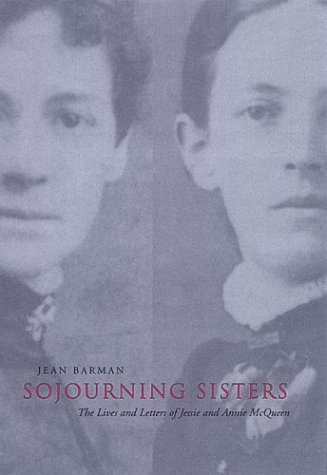

Most ebook files are in PDF format, so you can easily read them using various software such as Foxit Reader or directly on the Google Chrome browser.
Some ebook files are released by publishers in other formats such as .awz, .mobi, .epub, .fb2, etc. You may need to install specific software to read these formats on mobile/PC, such as Calibre.
Please read the tutorial at this link: https://ebookbell.com/faq
We offer FREE conversion to the popular formats you request; however, this may take some time. Therefore, right after payment, please email us, and we will try to provide the service as quickly as possible.
For some exceptional file formats or broken links (if any), please refrain from opening any disputes. Instead, email us first, and we will try to assist within a maximum of 6 hours.
EbookBell Team

0.0
0 reviewsShortly after the completion of the transcontinental railroad in 1886, two young sisters from Pictou County, Nova Scotia, took the train west to British Columbia. Jessie and Annie McQueen each intended to teach there for three years and then return home. In fact they remained sojourners between British Columbia, Nova Scotia, and Ontario for much of their lives.
Drawing on family correspondence and supported by extensive engagement with current scholarship, Jean Barman tells the sisters' stories and, in doing so, offers a new interpretation of early settlement across Canada. As did many other women of these years, Jessie and Annie McQueen remained bound by daughterhood's obligations and sisterhood's bonds even as they got involved in their new communities. Barman takes seriously women as sojourners and uses Jessie and Annie McQueen's letters home to evoke the boundless energy and enthusiasm shown by the thousands of women who helped to form Canada's frontiers.
Like other sojourners, the McQueen sisters did not come to their new home empty handed. They brought with them a distinctly Scottish Presbyterian way of life, consistent with ideas of the nation being promoted in the public realm by fellow Nova Scotians such as George Monro Grant. Confident in their assumptions, including the central role of religion in the formation of a grand national vision, women like these sisters were critical in uniting Canada from coast to coast. Broad in its critical approach and nuanced in its interpretations, Sojourning Sisters is a major contribution to the field of life writing and to the political, gender, and social history of Canada.